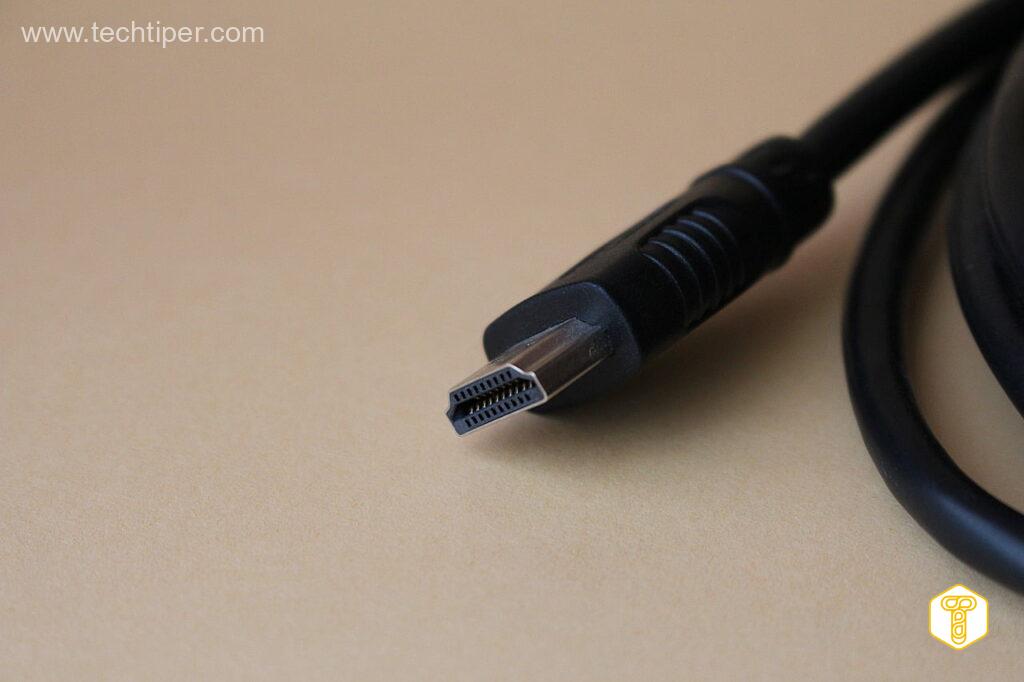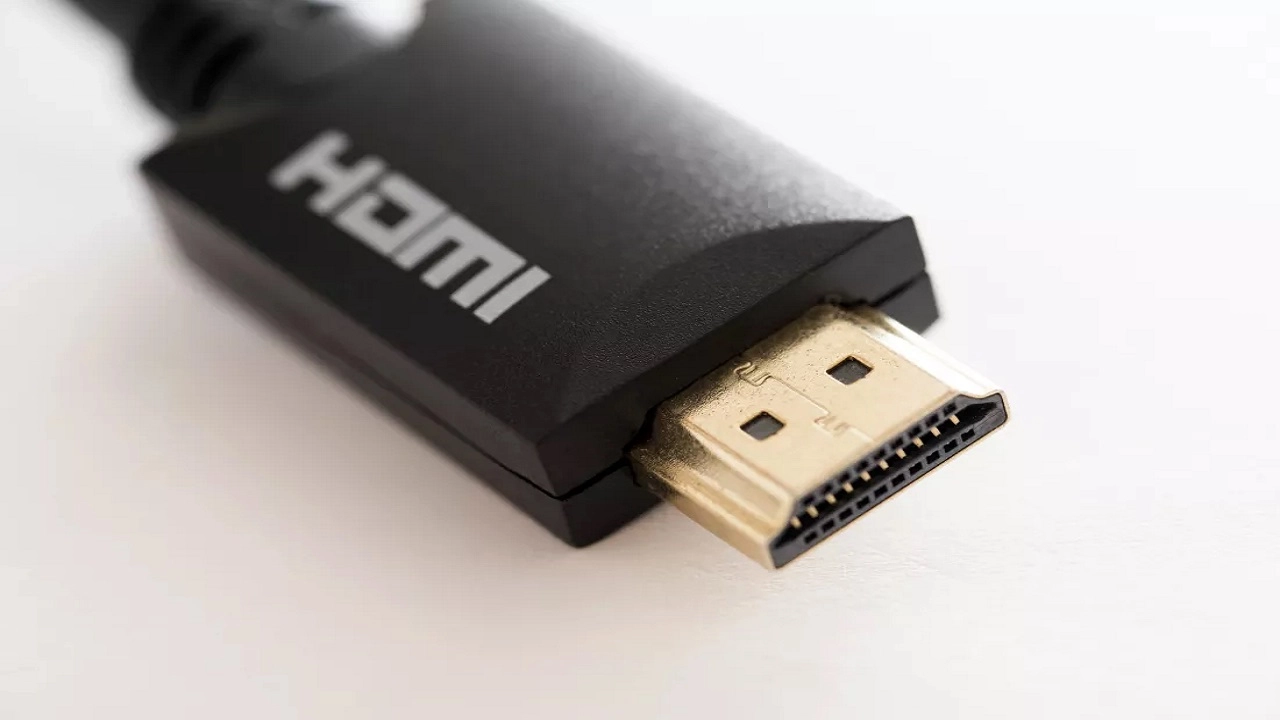Of course, it’s not like the HDMI Cable Power will power your computer, TV or even monitor. The power supply in this case is for … the cable itself. Are you feeling disappointed? Well, then you probably don’t know that these really long HDMI cables need an extra power connector, usually USB-C or microUSB, which power the signal amplifier built into it. Otherwise, you should take into account a decrease in its quality and various types of artifacts or even a lack of an image. HDMI Cable Power eliminates this problem.
HDMI Cable Power

Before we start writing about an HDMI cable, it is worth explaining one thing: a cable, according to the definition used in electronics, is an element consisting of one or several insulated wires that can be in a single protective layer. The cable, on the other hand, is an element of an electrical circuit used to guide electric current along a specific path. Knowing life, someone will immediately notice that these are wires, not cables (because this is almost always the case), but I am interested in the official, international definition of this word and I will use it.
Okay, but what does a really long cable mean? Well, passive (i.e. without power) HDMI 2.0 cables can have a length of more than 10 meters – as long as they are properly made and no one is saving on the thickness of the wires inside them. And yes, it is a lot and should suffice in most of the tasks. However, the problem starts with HDMI 2.1. This standard has tripled the maximum data rate. However, by the way, the effective length of such a cable fell more than three times to just 3 meters . And that’s not so much anymore – especially when using a projector.
HDMI Cable Power – a new standard, a new problem
For this reason, the HDMI Forum organization has just announced a new amendment to the HDMI 2.1a standard, i.e. HDMI Cable Power. This solution allows active cables to draw power directly from the connector without the need for a separate power cable. Of course, that doesn’t solve all the problems at all. While the receiver can remain old without major changes, the source device must also support the HDMI Cable Power specification. This is quite obvious because it has to get this energy from somewhere.
And while it’s fairly obvious, it also means that people who want to get rid of the problem have to spend much more money than just buying a new HDMI cable. On the other hand, over the years, the same problem will solve itself – as long as HDMI Cable Power is adopted on the market and does not disappear somewhere along the way.
Source: TechSpot

